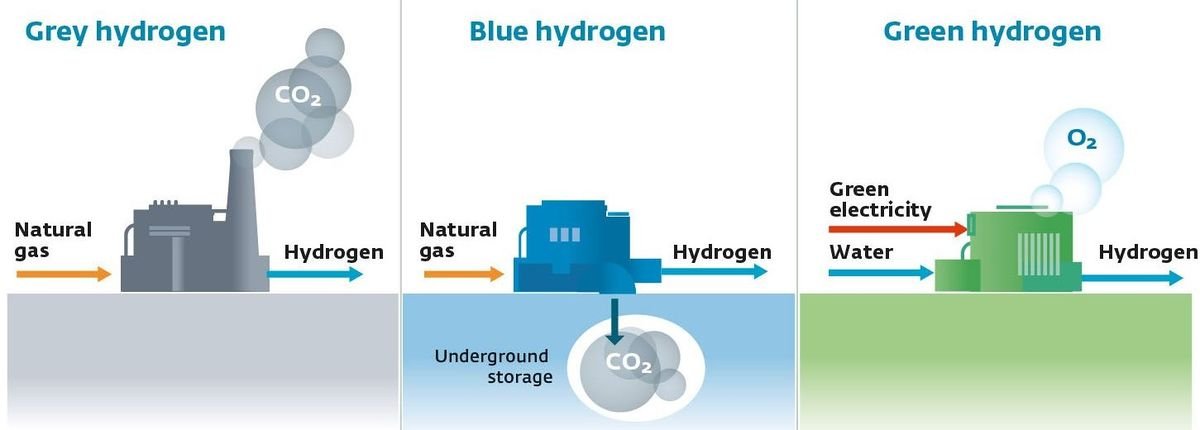OCTOBER 28,2023
by staff-login | Oct 30, 2023 | Uncategorized

37th NATIONAL GAMES

- The Prime Minister inaugurated the 37th National Games at Pandit Jawaharlal Nehru Stadium in Margao, Goa. The Games are scheduled from 26th October to 9th November.
- Over 10,000 athletes from across India are participating in the 37th National Games, competing in over 43 sports disciplines at 28 venues.
- In 2021, the Indian Olympic Association (IOA) finally confirmed that Goa would host the 37th National Games in 2023.
- The 37th National Games are the first to be held in Goa.
- The National Games were first held in 1924, and they have been held regularly since then, with the exception of a few years during World War II and the COVID-19 pandemic.
- The National Games are governed by the IOA.
- The event is funded by the central government and the state government of the host state.
NO WOMEN IN THE BIGGEST SCIENCE AWARDS
- Shanti Swarup Bhatnagar (SSB) awards for 2022 were announced on September 11, 2023.
- It recognised 12 of India’s “exceptional” young scientists under the age of 45.
- Like in 2021, there were no women among the award winners.
- The awards were first given out in 1958 by the Council of Scientific and Industrial Research (CSIR).
- Asima Chatterjee became the first woman to win the coveted prize.
- Only 20 of the 592 Bhatnagar prizes have gone to women scientists.
- Bhatnagar awards cover seven scientific disciplines: biology, chemistry, mathematics, physics, medicine, engineering, and earth, atmosphere, ocean and planetary sciences.
- The percentage of women in R&D is 16.6%.
- According to the latest All India Survey on Higher Education (AISHE) report, more girls (53.1%) than boys enrolled in science courses in 2020-21.
- Despite these encouraging numbers, for women in science, awards and recognition at the highest levels are an uphill climb.
GHOST PARTICLE

- China is constructing the world’s largest “ghost particle” detector.
- The telescope is named as “Trident.”
- It is a massive underwater telescope in the South China Sea.
- It is designed to detect neutrinos.
- It is often referred to as “ghost particles.”
- The telescope is expected to span 7.5 cubic kilometers and be 10,000 times more sensitive than existing underwater telescopes.
- It is being built in the South China Sea to detect neutrinos.
- It can interact with water molecules.
- Neutrinos are subatomic particles that have very little mass and no charge.
- They interact very weakly with other particles, making them challenging to detect
BISHKEK HOSTED 22ND SCO’s COUNCIL OF HEADS OF GOVERNMENT (CHG)
- CHG meets once every year to discuss a strategy for multilateral cooperation, adopt Organisation’s annual budget, etc.
- During meeting India’s External Affairs Minister called members to strictly adhere to principles of international law, and respect each other’s sovereignty.
About SCO Genesis:
- Established in 2001 in Shanghai by the Shanghai Five countries (Kazakhstan, China, Kyrgyzstan, Russia, and Tajikistan) and Uzbekistan.
- It is a permanent intergovernmental Organisation guided by ‘Shanghai spirit’ that encapsulates mutual trust and benefit, equality, respect for diversity of civilizations, etc.
- Members: India, Iran, Kazakhstan, China, Kyrgyzstan, Pakistan, Russia, Tajikistan and Uzbekistan.
- Observer states: Afghanistan, Belarus and Mongolia. Process of raising the status of Belarus to the level of a member state has begun.
- Key Goal: Ensure and maintain peace, security and stability in the region.
- Highest decision-making body: Heads of State Council (HSC) that meets yearly. Permanent Bodies: Secretariat in Beijing (China) and Regional Anti-Terrorist Structure (RATS) in Tashkent (Uzbekistan).
- Official languages: Russian and Chinese
Significance of SCO:
- It contributes 30% of global GDP and 40% of the world’s population.
- It helps in tackling separatism, extremism and terrorism.
- It strengthens India’s outreach to Central Asia and multipolarity in Eurasia.
REFERENCE FUELS

- Indian Oil Corporation Limited launched India’s first gasoline and diesel Reference Fuel (RF).
- Currently, reference fuels are being imported by India.
- RFs are premium high-value products, used for calibration and testing of vehicles by Auto Original Equipment Manufacturers and organizations involved in testing and certification in automotive field. Specification requirements of RF are more stringent than commercial gasoline and diesel.
- Indigenous RF meets Automotive Industry Standard specifications and is available at better price with reduced lead time.
PLACES IN NEWS
Qatar
Why is in news?
- A court in Qatar sentenced eight former personnels of the Indian Navy to death.
Political Boundaries:
- The Capital of Qatar is Doha.
- It is a country in West Asia.
- It shares its sole land border with Saudi Arabia with rest of territory being surrounded by Persian Gulf.
Geographical Features:
- It is situated on the west coast of the Persian Gulf and on Qatar peninsula.
- It has one of the world’s largest reserves of petroleum and natural gas.
CBDT REPORT ON INCOME TAX
- India’s tax base has widened sharply since 2013-14.
- There is an increase in number of returns filed by individual taxpayers across various ranges of gross total income.
- The top 1 per cent of income tax payers made 17 per cent of all income in 2013-14.
- By 2021-22, the top 1 per cent made 23 per cent of all income.
- The income growth of the ultra-rich was much faster than for the middle class.
GREEN HYDROGEN AND GREY HYDROGEN

- Green hydrogen is the production of Hydrogen gas without resulting in fossil fuel emissions.
- Hydrogen produced from hydrocarbons (natural gas, fossil fuels) is called grey hydrogen. Producing one kg of ‘grey hydrogen’, can emit upto nine kg of carbon dioxide.
National Green Hydrogen Mission
- It was piloted by the Ministry of New and Renewable Energy (MNRE).
- It aims to manufacture five million tonnes by 2030.
- This would require the installation of renewable energy capacity worth 125 GWV




